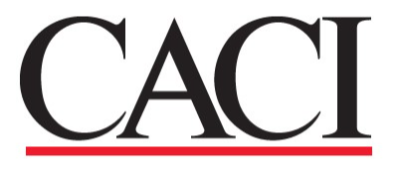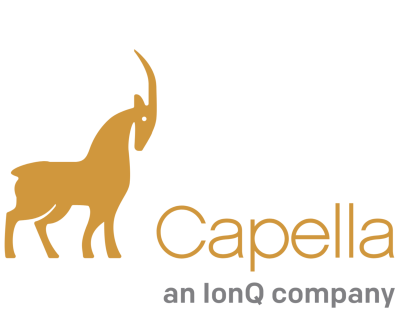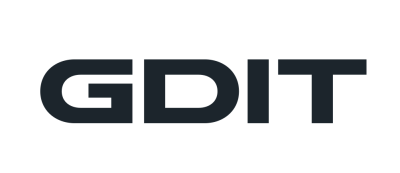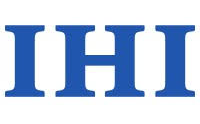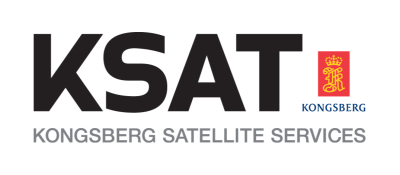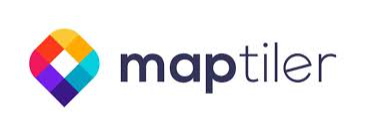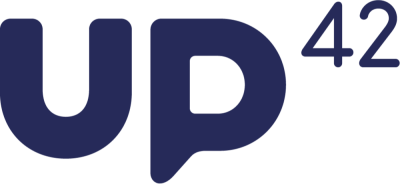DGI 2026
23 - 25 February 2026
Queen Elizabeth II Centre, London
Interview Vanessa Lawrence2
Dr Vanessa Lawrence CB - Director General & Chief Executive, Ordnance Survey
Director General & Chief Executive, Ordnance Survey, speaks to DGI's Online Editor Dan Mellins-Cohen about give the story of how geospatial information, underpinned the security and the logistics for London 2012, both for the Paralympics and also the main Olympic Games.
Video transcript:
You were, obviously, one of our keynote speakers of the day, right at the beginning, talking a lot about the Olympics and various other things. What were some of the key points that you wanted to bring to the audience?
Well, I was invited to, basically, give the story of how geospatial information, that is mapping information, underpinned so much of the security and the logistics for London 2012, both for the Paralympics and also the main Olympic Games.
Taking it right back to the beginning: it was something that seemed a long time ago, but it was the day after the London bombings, our 7/7 crisis, when I was asked if it would be possible to underpin the Games with geospatial information.
From that moment on, we started to work, collaboratively, with organisations across the British Government and with partners from across the world to make sure that we collected the requirements they needed for them to do their work at the London 2012 Games.
What were some of the key things that the new technologies?
First of all, I think we can clearly say the Games were a data-centric Games. Data was very clearly used in all the intelligence work that was going on. From my point of view, the very start of it was when the construction started and when it was determined that every construction company should use the same signal from the GPS, the Global Positioning Systems.
Basically, they would naturally use the GPS signals, but they would use the same correction system within their surveying equipment. So, everybody was tied to the same correction system, which allowed all the buildings to tie together.
That is a system where ‘Ordinance Survey’ licensed the signal to the private sector. From then on, we started to work with topographical data and what other information people required over and above what were standard specifications.
We soon realised that by working collaboratively with colleagues, we could save tens of millions of pounds of public money by it being collected once and used many times.
As a direct result, we were asked to collect new features in 80 different feature classes. That is 80 different things that Ordinance Survey would not normally collect. Things like lampposts, water-meter covers and drain covers. Even though we collect 10,000 changes to the master map of Great Britain every day and we put them into the master map, these were now down as an accuracy level… A water-meter cover is about 6-inches square. There are multiple ones in our pavements.
Talking of after the Olympics, what has the legacy been?
Well, the legacy is not only excellent working relations, of course, and a much greater understanding of how people should work together. The other thing that has come out is that for the first time, and this is quite unique, I think, certainly in my knowledge in the world, is a common symbology.
That is used now across all emergency planning and civil contingencies in this country. One symbol now denotes a particular place or a particular incident. Taking our domestic work with Ordinance Survey, everybody knows the Ordinance Survey map legends. We now have symbology that covers all of the emergency services and emergency incidents in this country.
What we also learnt is that collaborating and learning from each other is second to none as professional experience for our staff.











